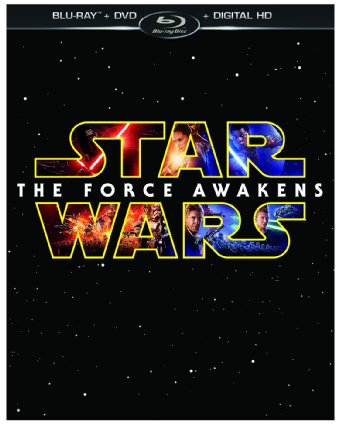
Crucially, Finn forms an alliance with desert “scavenger” Rey ( Daisy Ridley), a self-sufficient loner with fearsome fighting and survival skills. Meanwhile, a Stormtrooper who comes to be called Finn (John Boyega) is so disgusted by the genocide in which he’s participated that he defects to the Resistance. Hotshot pilot Poe Dameron ( Oscar Isaac, very enthusiastic), a man very much in the Solo mold, is taken prisoner by the Order, which is led militarily by Kylo Ren ( Adam Driver), a man whose black mask and filtered speech make him the very picture of a Darth Vader wannabe. In an annihilating nocturnal opening sequence, a new generation of Stormtroopers goes on an indiscriminate rampage while searching for the bearer of a map revealing Luke’s whereabouts, which is secretly held by the roly-poly BB-8, a charming spherical droid that rolls smoothly from place to place and overall serves as a welcome robot reboot from the sidelined (but hardly vanquished) R2-D2.īattle lines are drawn and good guys and bad are readily established. Star Wars: Episode VII must and does begin with the familiar Williams musical fanfare and an informational scroll advising as to the disappearance of Luke Skywalker, the rise of the evil First Order and the threat now posed to Leia and the galaxy’s good folk, who must urgently pull together as a new Resistance. What perhaps goes missing in The Force Awakens, though, is the key magical element that Lucas slipped into the first three films, that of the Joseph Campbell-derived aspects of myth that may have been the secret ingredient that allowed them to connect so strongly with viewers initially. In this, one notably feels the hand of Lawrence Kasdan, who shares writing credit with Abrams and Michael Arndt but who also, significantly, co-wrote The Empire Strikes Back and Return of the Jedi and, perhaps more significantly, authored Raiders of the Lost Ark, the film this new one most resembles in terms of its incident and exuberance.
#The force awakens reviews how to
If the desire was to follow up on that story with some of the same characters and actors, the first priorities for the writers were to figure out how to use the three-decades-older Han Solo, Leia and Luke Skywalker, as well as to resurrect a plausible villainous force. The Empire looked all but dead and buried by the time its defeat was celebrated by the heroes of the Rebel Alliance (along with a bunch of funny looking woodsy characters) in Return of the Jedi in 1983. But Abrams has made his career thus far by honoring his masters, notably Spielberg and Gene Roddenberry, and now Lucas, and he’s got the practice more or less down.

Virtually none of these virtues were managed by Lucas himself when he made his lamentable second trilogy of Star Wars films from 1999 to 2005. So one of the primary satisfactions of this sharply paced and lively blockbuster is the obvious care that has gone into every aspect of the production, from the well-balanced screenplay and dominance of real sets and models over computer graphics to the casting, a strict limitation on self-referential, in-jokey humor and the thoroughly refreshed feel of John Williams’ exuberant score.


When the financial stakes are this high, what ends up on the screen can often be judged as much, or more, in terms of commercial calculation than creative achievement. To be sure, any time you can speak of a film’s earning potential as residing in the billion-dollar-plus neighborhood, the main story is to be more often found in the business section than on the arts pages.


 0 kommentar(er)
0 kommentar(er)
